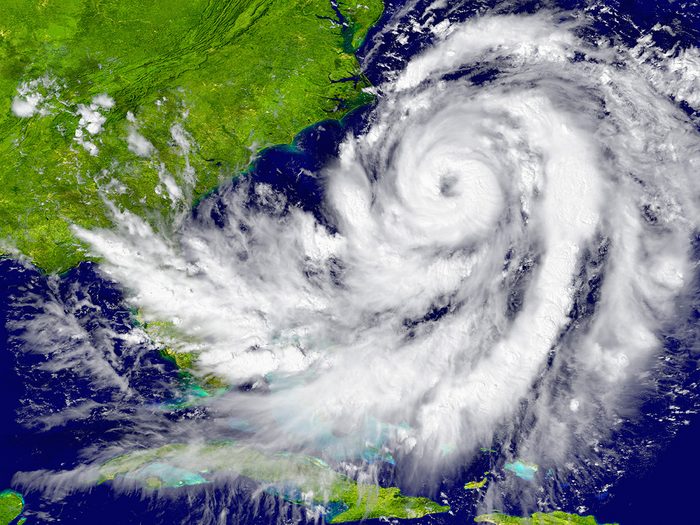
Weather Facts That’ll Blow Your Mind
The evolution of naming hurricanes
What’s in a name? Plenty, when meteorologists assign them to hurricanes and typhoons. It’s a practice that began in the 19th century, when a British meteorologist living in Australia started naming storms after politicians he disliked, as well as Polynesian women. Using female names caught on with American meteorologists in the 1950s; weather reports included sexist cliches about “temperamental” storms “flirting” with coastlines. Male names were finally included by 1979.

Name-dropping?
The association with destruction tends to make these monikers plunge in popularity as baby names, which is what happened to Katrina after a Category 5 storm by the same name devastated Louisiana in 2005. A particularly damaging storm may have its name retired, and some years there are enough storms to run through the 21 alphabetical names (Q, U, X, Y and Z are not used). The World Meteorological Organization keeps a list of backup names prepared for that eventuality.
Find out how the weather really does affect joint pain.
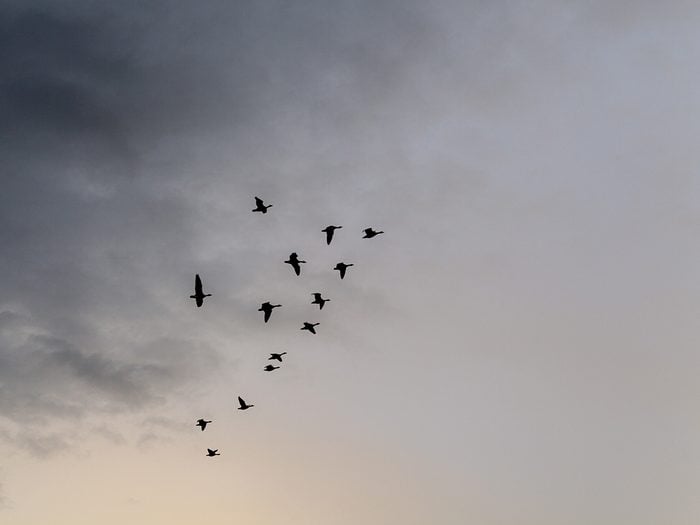
Animals can predict the weather
From cows lying down when rain is on the horizon to birds that fly lower prior to a storm, there are plenty of theories that animals can predict the weather. One that’s proven is that coastal sharks swim deeper during the drop in barometric pressure that precedes tropical storms. Sometimes animals are the weather: Waterspouts or tornadoes can pick up critters and carry them long distances, leading to accounts of frogs or fish falling from the sky, like the anchovies that rained down on San Francisco in 2022.
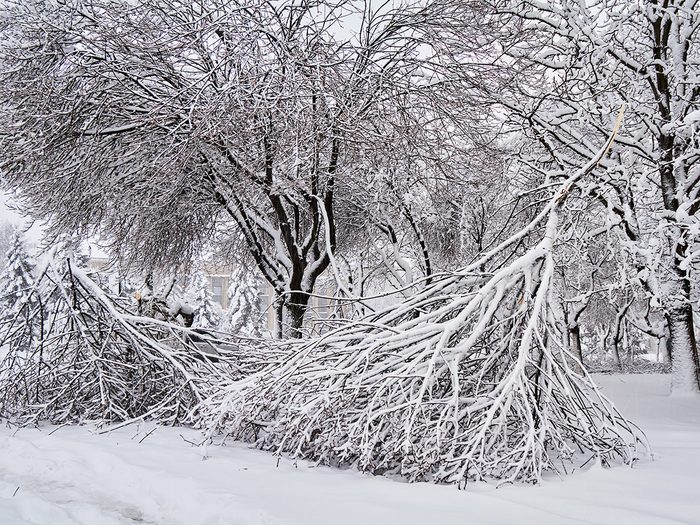
Heavy branches
When ice forms on trees, the weight of branches can increase 30-fold. During the North American Ice Storm of 1998, freezing rain brought down millions of trees across Ontario and Quebec. The ice layers also collapsed enough electrical wires and cables to go around the world three times. Power outages left more than five million people in the dark—some for as long as 30 days.
Here’s why Calgary is the hailstorm capital of Canada.
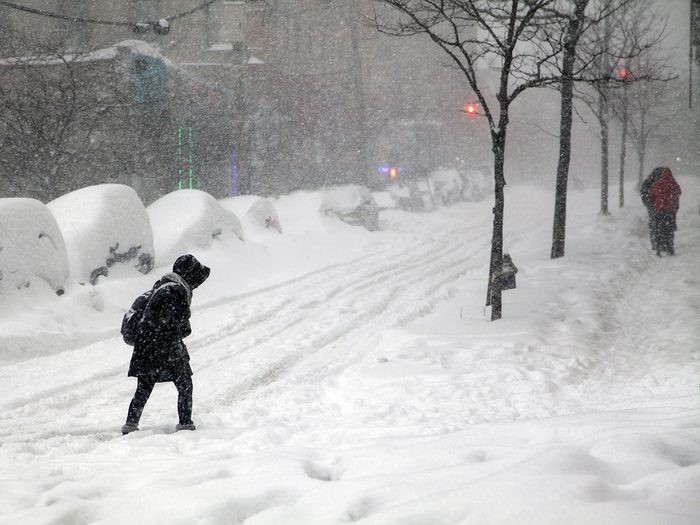
Expect the unexpected
Blizzards can be equally destructive, especially when they happen in unlikely places, like Iran’s 1972 blizzard—called the worst in history. Almost eight metres of snow fell over nearly a week, covering 200 villages and killing a reported 4,000 people. But “once-in-a-generation” storms are happening more often as cold polar winds meet warmer-than-usual winter conditions. Last December’s cold snap that put a freeze on parts of Canada and the U.S. and dumped record daily snowfalls could become more norm than outlier.
Find out why 1816 is known as the year without a summer.

Severe weather meets the big screen
After bursting onto the scene in the 1970s, the disaster-movie genre—with hits like The Swarm and The Poseidon Adventure—really hit its stride in the 1990s. (Twister grossed nearly US$500 million in theatres). Since then, disaster movies have stagnated, possibly because we feel ever closer to life imitating fiction. The 2021 film Don’t Look Up served as an apt commentary on climate change and society’s collective reluctance to act.
Check out the best action movies on Netflix right now.
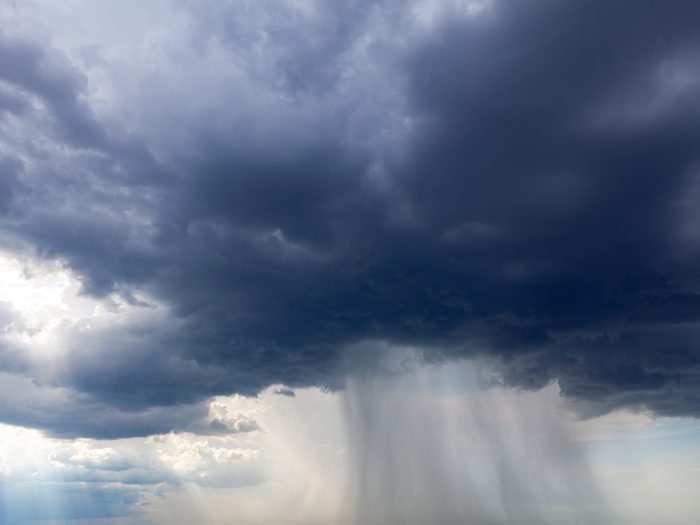
Climate change and worsening storms
Rising average temperatures are contributing to more heat waves and larger storms. Earlier this year, Cyclone Freddy hit parts of Africa and lasted a record 34 days. Human activity is known to compound the disastrous effects of extreme weather directly, too, like in British Columbia when the torrential rains of 2021 in areas that had been clear-cut led to deadly mudslides. Major flooding in Germany and Belgium in 2021, and Australia’s unprecedented bush fires of 2020, were also caused by climate change.
Read up on the deadliest forest fire in Canada’s history.
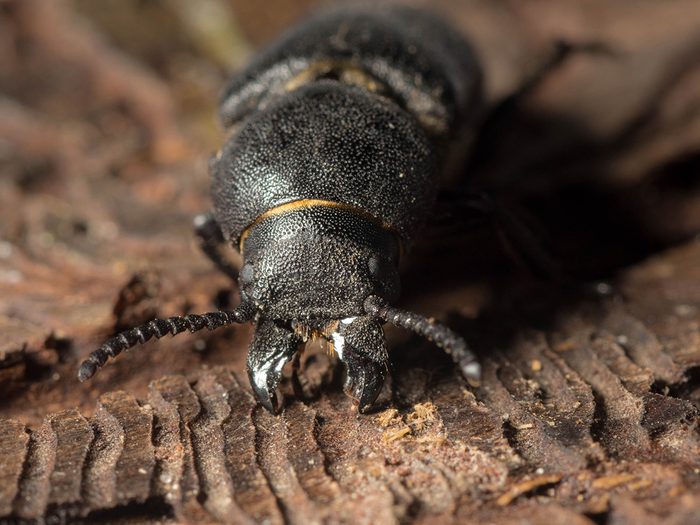
Bad beetles
When forest fires follow drought, bark beetles can make the fires even worse by turning wooded areas into fields of tinder. An infestation along the west coast of North America, from the Yukon to Mexico, killed more than 102 million trees in California alone. To make matters worse, trees can secrete chemicals called terpenes—which are highly flammable—as a defense mechanism against insect invasion.
Here’s where you’ll find the oldest trees in Canada.
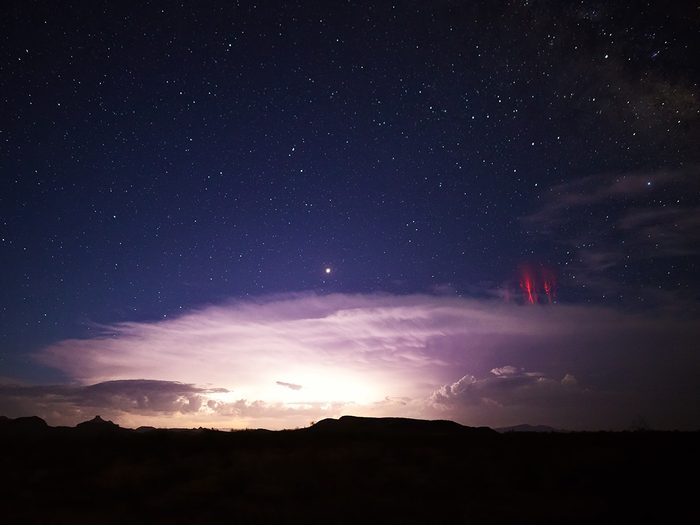
A Shakespearean phenomenon
Lightning sprites make the skies glow with jellyfish-like shapes during thunderstorms, from the American Midwest to the Chilean Andes and Israel’s Negev Desert. The crimson lights are produced by electric discharges in the mesosphere and their name is thought to be inspired by Shakespeare’s mischievous fairies in A Midsummer Night’s Dream.
Don’t miss this gallery of wild weather pictures from across the country.

It’s raining blood
Sandstorms occur when strong winds sweep across dry desert landscapes. In 2021, Mongolia’s southern province of Dornogovi experienced a record 20-hour sandstorm. These storms can sometimes trigger an apocalyptic-seeming “blood rain,” a rare event that occurred in Spanish skies in 2022. This red precipitation was caused by dark sand being carried from the Sahara Desert and mixing with water before falling back to earth.
Here are 13 things you should never do during a thunderstorm.
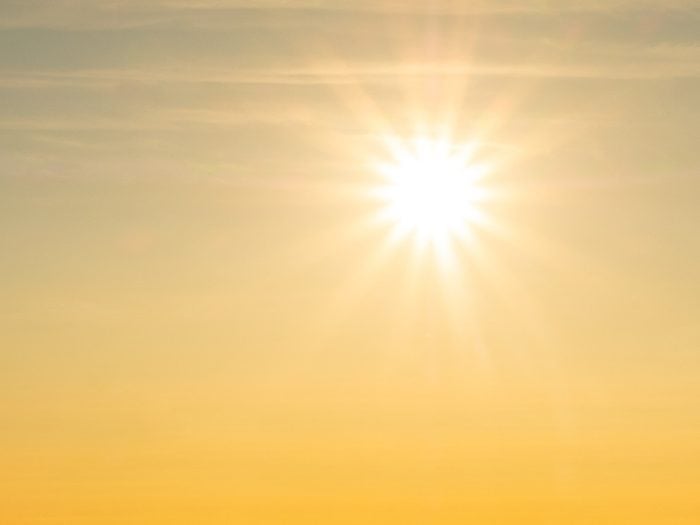
Can’t take the heat
Intense heat waves have a way of making society go off the rails. They can melt power lines and buckle railway tracks, which happened during the United Kingdom’s 2022 heat wave. People also tend to lose their cool: Studies show that violence spikes as our bodies heat up, possibly due to a drop in serotonin and an increase in testosterone, which can make us more aggressive.
It’s official—this city is the warmest place in Canada.
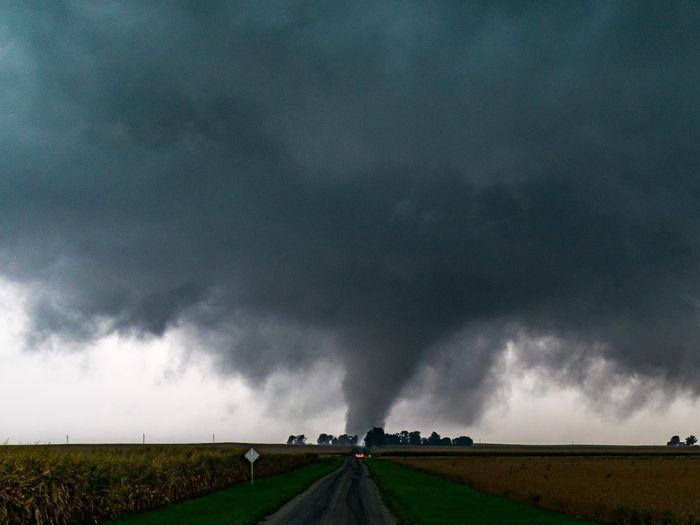
America’s tornadoes
The U.S. experiences 75 percent of the world’s tornadoes, with about 1,200 reported every year. And “Tornado Alley,” which runs vertically through the middle of the country from South Dakota to Texas, gets the brunt of it. In 2013, a record 4.2 kilometre-wide tornado hit El Reno, Oklahoma, with never-before-seen ground speeds: 476 kilometres per hour!
Take a look back at Edmonton’s Black Friday tornado—the worst tornado in Canada’s history.
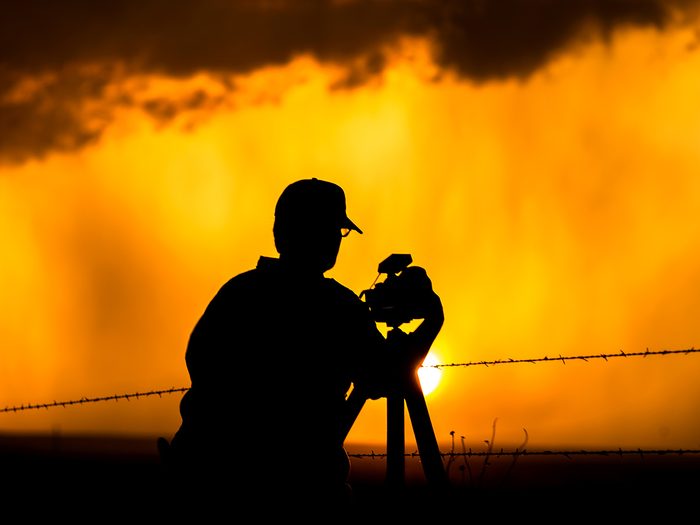
Storm chasers
Thanks to computer technology and global data sharing, weather forecasts are improving in accuracy, giving residents additional time to seek safety. But some people are still running toward the danger: Amateur and professional storm chasers track high-impact weather and gather invaluable meteorological data—and perhaps a viral video or two. An episode of the 2021 documentary series Wild Canadian Weather followed the adventures of Prairie Storm Chasers. And DutchTReX, a storm-chasing group based in the Netherlands, travels to the U.S. each year during tornado season in search of the perfect storm.
Now that you’ve got these weather facts under your belt, check out the rainiest place in Canada.